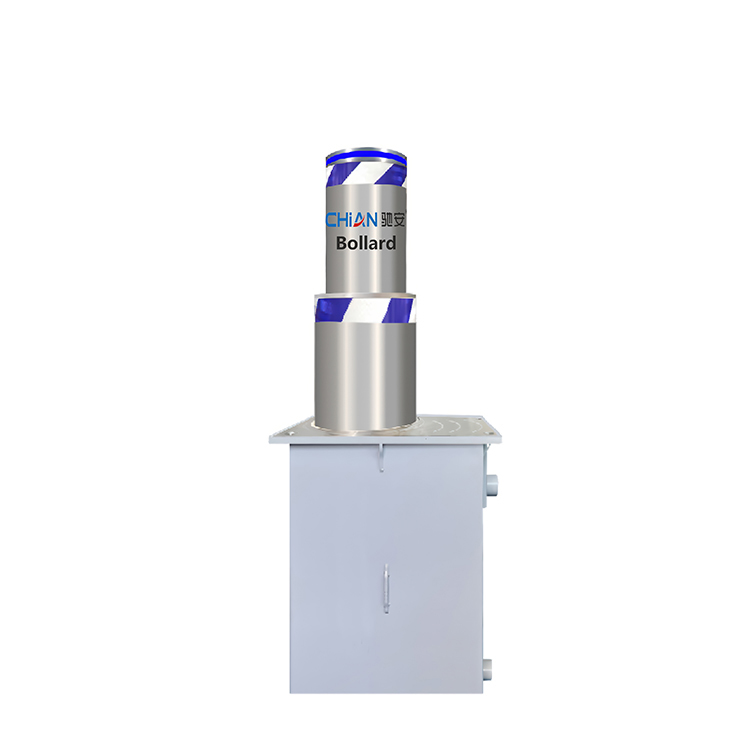Reinforcing Bollards for Windy Days
Engineers have some great ideas for how to make bollard stronger — ones that can even withstand wind. One way they make them less resistance to wind is to shape the bollards so that the wind can flow around them with less difficulty. This makes it easier for the bollards to stand tall when high winds knock in. Engineers also use very strong materials like steel to construct bollards that can withstand the wind.
Materials Employed to Construct Wind-Resistant Bollards
Essential to building bollards that will withstand high winds are the materials used and the way they are constructed. Bollards are often made extra tough with strong materials like steel and concrete. Engineers pay close attention to how the bollards are assembled to ensure strength. That way, the bollards can shield people and buildings, even in storms.
Town of Barnstable Smart Streets Project: Coastal Bollard Design Opti
 ons.
ons.Engineers come up with smart solutions to help bollards stand their ground in windy coastal areas. One idea would be to put multiple bollards near each other so they can brace each other and are not likely to tip over. Engineers also determine the appropriate height to make bollards — they have to be the right height to withstand the wind. Bollards can be remote control parking barrier engineered to provide the greatest amount of strength that is possible in the coastal environment, through the use of clever engineering methodologies.
Preserving Bollards and Extending Their Lifespan
With high-tech innovations, it has become possible to make bollards that can be made even stronger and more durable. Some bollards are made to sway slightly in the wind, allowing them to absorb the energy of powerful gusts without road traffic barrier snapping. Others are coated specifically to shield them from salty sea air. The latest technology can help engineers ensure that coastal bollards are safe and long lasting.
In summary, engineering is imperative for designing wind-resistant bollards on the coast. Using an understanding of how roadside safety barriers wind works, smart designs, and the right materials, as well as advanced technological solutions, engineers find that bollards can handle tough coastal weather and make a difference for added protection from high winds. By these clever ideas, Chian is committed to protect coastal areas for the coming many years.